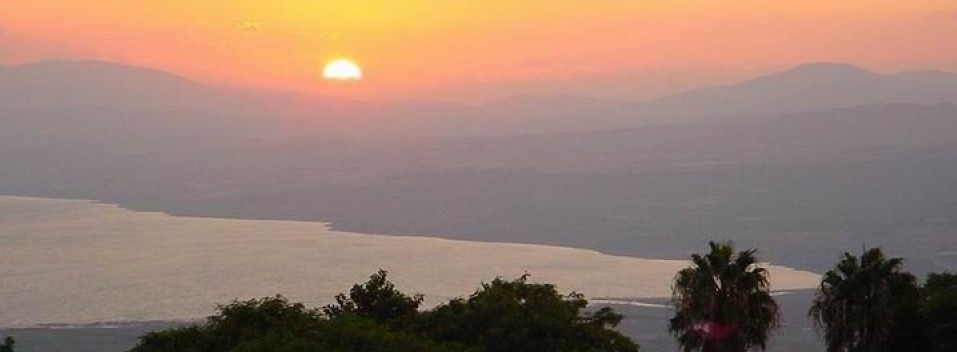April 26, 2013
Dear brothers and sisters,
I am taking the good news today from Mark 14:1-2.
The Passover and the Feast of Unleavened Bread were to take place in two days’ time. So the chief priests and the scribes were seeking a way to arrest him by treachery and put him to death. They said, “Not during the festival, for fear that there may be a riot among the people.”
The Passover, of course, commemorated the Jews’ redemption by God from slavery in Egypt. It was one of three major feasts during the year while the Feast of Unleavened Bread was considered a minor feast. All adult males living within 15 miles of Jerusalem were required to come to the city to observe Passover. Additionally, it was the ambition of all Jews in the world to eat at least one Passover meal in Jerusalem during his lifetime. So, the city was packed to overflowing and people resorted to staying in nearby villages like Bethany and Bethphage. Based on a count of the lambs sacrificed at Passover in 65 C.E., Josephus estimates that as many as 3 million pilgrims were in Jerusalem!
Barclay writes, “During the Passover, feeling ran very high. The remembrance of the old deliverance from Egypt made the people long for a new deliverance from Rome. At no time was nationalist feeling so intense.” Jerusalem was a tinderbox waiting to explode. Many Jews regarded Jesus as the Messiah who would deliver them from Roman occupation or, at the least, a prophet; he was the spark that could set things off with unpredictable, violent results. The Roman administrators had charged the Jewish authorities with keeping the peace, keeping their people in line. That’s why they plotted in secret and desperately wanted to avoid doing anything during Passover with so many people present who could easily be incensed to riot. On the other hand, they didn’t want to give Jesus such an enormous stage on which to continue his repudiation of the customs, rituals, and requirements by which the chief priests, elders, and scribes exercised and maintained control over the Jews’ daily lives. They were between a rock and a hard place.
It was the last stage of the old order, grasping to keep things as they were. Franciscan Richard Rohr had an interesting meditation today. He describes the beginning of the universe as the “materialization of the Formless One into form.” Then, in Jesus, God took human form. The universe is still expanding; ours is the first generation to discover and scientifically prove it. Paul in his letter to the Romans wrote, “We know that all creation is groaning in labor pains even until now.” God’s creation is continually giving birth to the new. We cannot hold on to the past and we cannot abort God’s new creation no matter how hard we try. We tried by killing His son, but that didn’t work. God resurrected him.
There is a constant tension between holding on to what I know and embracing what I don’t in God’s unfolding creation. My salvation rests in becoming part of His new creation, in being a midwife at the birth of the new, as Jesus did. My mind often resists and sometimes my spirit rebels just as the chief priests and elders did. Like them, I risk being on the wrong side of God’s history of creation. I have to be aware that my understanding is still limited. I must keep myself open to a new, deeper understanding of God that may contradict old, entrenched ideas and ideology. I need to be hungry to know God, to let each day be given to satisfying my hunger. And to wake the next day thirsting for even more of Him.
Mike
mmaude@develop-net.com
